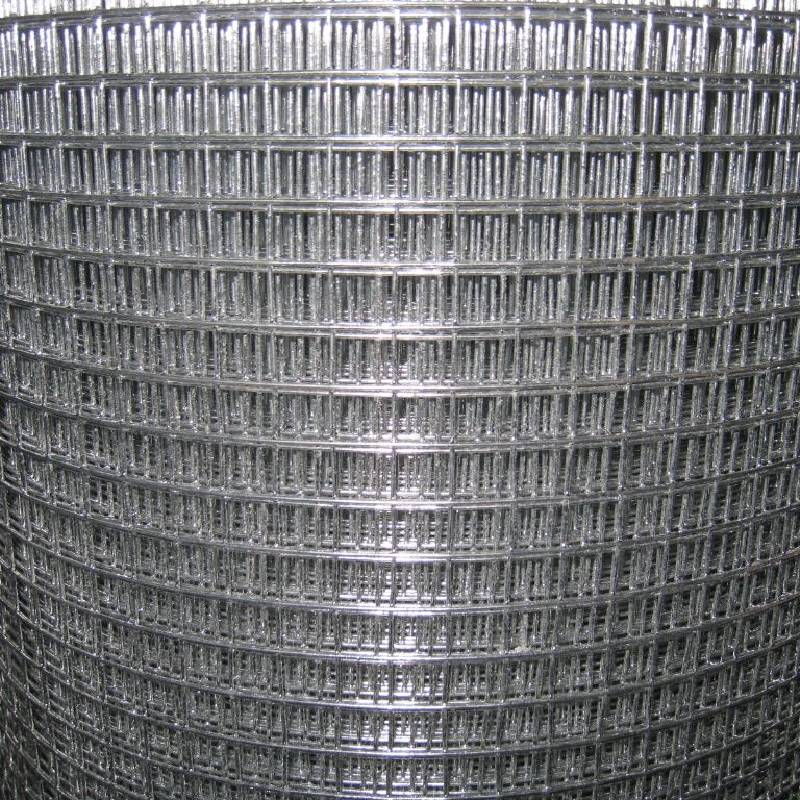
- Mobile Phone
- +8613931874955
- sales@cntcmetal.com
Industrial Compression Springs for Enhanced Performance and Durability in Various Applications
Understanding Industrial Compression Springs A Comprehensive Overview
Industrial compression springs are essential components utilized in various applications across multiple industries. These springs are designed to withstand compressive forces, storing potential energy when compressed and releasing it when allowed to expand. Their importance in modern machinery and design cannot be overstated, as they play a vital role in the functionality, reliability, and efficiency of numerous products.
Definition and Design
A compression spring is an open coil helical spring that is designed to operate with a compression load. When a load is applied to a compression spring, the coils come closer together. This type of spring is typically made from metallic materials such as stainless steel, carbon steel, or alloy steel, which provide the necessary strength and durability.
The design of industrial compression springs involves several critical parameters, including wire diameter, coil diameter, number of active coils, and spring length. The manufacturing process allows for a variety of sizes and shapes to accommodate specific requirements of different applications. The precise configuration of these parameters determines the spring's force characteristics and performance.
Applications in Industry
Industrial compression springs are utilized in a wide range of applications, making them crucial across various sectors. Some common applications include
1. Automotive Industry Compression springs are integral components of shock absorbers, valve mechanisms, and suspension systems. They help enhance vehicle performance and ride comfort by absorbing shocks and providing controlled movements.
2. Aerospace Sector The aerospace industry employs compression springs in numerous components, including landing gear systems and control mechanisms. Their reliability under extreme conditions is paramount for safety and performance in flight.
3. Manufacturing and Machinery Many manufacturing processes rely on compression springs to facilitate operations, such as in CNC machines, presses, and conveyors. They ensure consistent performance and efficiency in these automated setups.
4. Consumer Products From pens to medical devices, compression springs can be found in everyday items, providing functionality and user experience enhancements. Their versatility allows them to fit seamlessly into various designs.
Material Selection
industrial compression springs

The choice of material for compression springs significantly affects their performance and longevity. Most commonly, manufacturers select high-carbon steel for its excellent elasticity and strength. However, depending on the application, other materials such as stainless steel, music wire, and oil-tempered wire may be employed to resist corrosion or enhance fatigue resistance.
The surface finish of the spring is also a critical consideration. For instance, processes such as shot peening can improve the fatigue life of the springs by inducing compressive residual stress on the surface, thus enhancing durability.
Manufacturing Processes
The production of industrial compression springs involves several key manufacturing processes. These include
- Wire Forming The initial stage involves coiling a wire into a helical shape. Depending on the design, this may be done through automated machines that can produce springs with high precision.
- Heat Treatment Post-forming, springs often undergo heat treatment to enhance their mechanical properties. This process can relieve stress and improve the spring's overall strength and elasticity.
- Coating and Finishing To increase corrosion resistance and improve aesthetics, springs may be coated or finished in various ways, such as electroplating or powder coating.
Testing and Quality Control
Quality assurance is critical in the production of industrial compression springs. Rigorous testing methods, including load testing, fatigue testing, and stress analysis, ensure springs meet the required specifications. Quality control measures are implemented throughout the manufacturing process to detect any potential flaws early on, thereby maintaining high standards.
Conclusion
Industrial compression springs are indispensable components that contribute significantly to the efficiency and functionality of numerous applications across various sectors. Their ability to absorb and release energy makes them vital in devices ranging from simple consumer products to complex aerospace systems. Understanding their design, material selection, manufacturing processes, and applications can empower engineers and designers to better utilize these essential components in their projects, ultimately leading to improved performance and innovation in industrial design. As technology advances, the evolution of compression spring design and manufacturing techniques will continue, providing even greater opportunities for their application in modern engineering challenges.
share:
-
Why Sacrificial Formwork Is Redefining Underground ConstructionNewsJun.06,2025
-
The Structural Dynamics of Modern Concrete: How Snake Spacers Revolutionize Flexible ReinforcementNewsJun.06,2025
-
Snake Spacers Smart-Lock Concrete Reinforcement with Surgical PrecisionNewsJun.06,2025
-
Snake Spacers: Reinforcement Precision for Modern Concrete ProjectsNewsJun.06,2025
-
Snake Spacers Powering Concrete's Structural DNANewsJun.06,2025
-
Slither into Success: Snake Spacers' Precision Bite for Unbreakable ReinforcementNewsJun.06,2025
-
Sacrificial Formwork: Building Stronger, Faster, and Safer StructuresNewsJun.06,2025



















